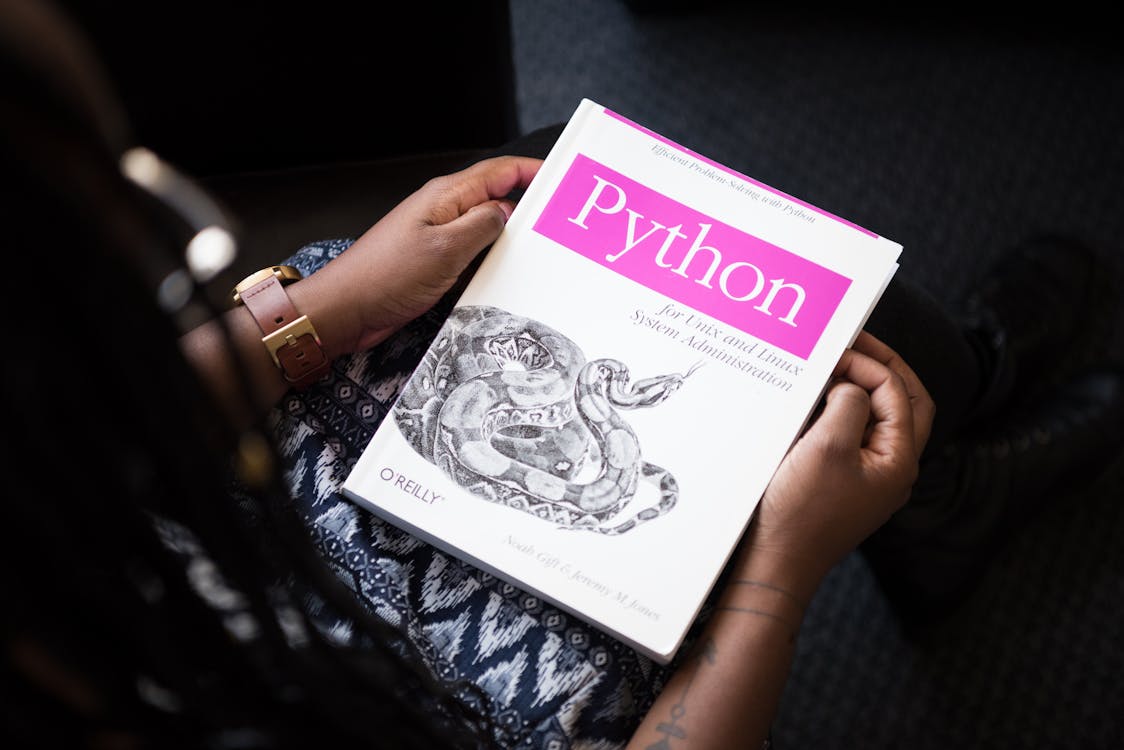Naive Bayes
Description
Naive Bayes is a family of simple probabilistic classifiers based on Bayes’ Theorem with the “naive” assumption of conditional independence between features. Despite its simplicity, Naive Bayes is known for its efficiency and performance, especially in text classification problems.
How Naive Bayes Works
Naive Bayes calculates the posterior probability for each class using Bayes’ Theorem:
P(Class|Features) = (P(Features|Class) * P(Class)) / P(Features)
Key characteristics:
- Assumes independence between predictors/features
- Works well with high-dimensional data (e.g., text)
- Fast to train and predict
Examples
Python Code for Naive Bayes Classifier
from sklearn.datasets import load_iris
from sklearn.model_selection import train_test_split
from sklearn.naive_bayes import GaussianNB
from sklearn.metrics import accuracy_score
# Load dataset
iris = load_iris()
X = iris.data
y = iris.target
# Train-test split
X_train, X_test, y_train, y_test = train_test_split(X, y, test_size=0.3, random_state=42)
# Train Naive Bayes model
model = GaussianNB()
model.fit(X_train, y_train)
# Predict
y_pred = model.predict(X_test)
# Evaluate
print(f"Accuracy: {accuracy_score(y_test, y_pred):.2f}")
Real-World Applications
Naive Bayes Applications
- Email Filtering: Spam detection using text classification
- Sentiment Analysis: Classifying user reviews or tweets as positive or negative
- Medical Diagnosis: Predicting diseases based on symptoms and patient history
- Document Categorization: News article classification into topics

Resources
The following resources will be manually added later:
Video Tutorials
PDF/DOC Materials
Interview Questions
1. What is the Naive Bayes algorithm?
Naive Bayes is a classification algorithm based on Bayes' Theorem that assumes independence between features. It calculates the posterior probability of classes and assigns the class with the highest probability to the input data.
2. Why is it called “Naive” Bayes?
It is called “Naive” because it makes a strong assumption that all features are conditionally independent of each other given the class label, which is often not the case in real-world data.
3. What are the types of Naive Bayes algorithms?
- Gaussian Naive Bayes: Assumes features follow a normal distribution
- Multinomial Naive Bayes: Suitable for discrete features like word counts
- Bernoulli Naive Bayes: Suitable for binary/boolean features
4. What are the advantages of Naive Bayes?
Advantages include:
- Simple and fast to train
- Performs well with high-dimensional data
- Works well with text classification problems
5. What are the limitations of Naive Bayes?
- Strong assumption of feature independence, which rarely holds in practice
- May not perform well on complex problems where features are highly correlated